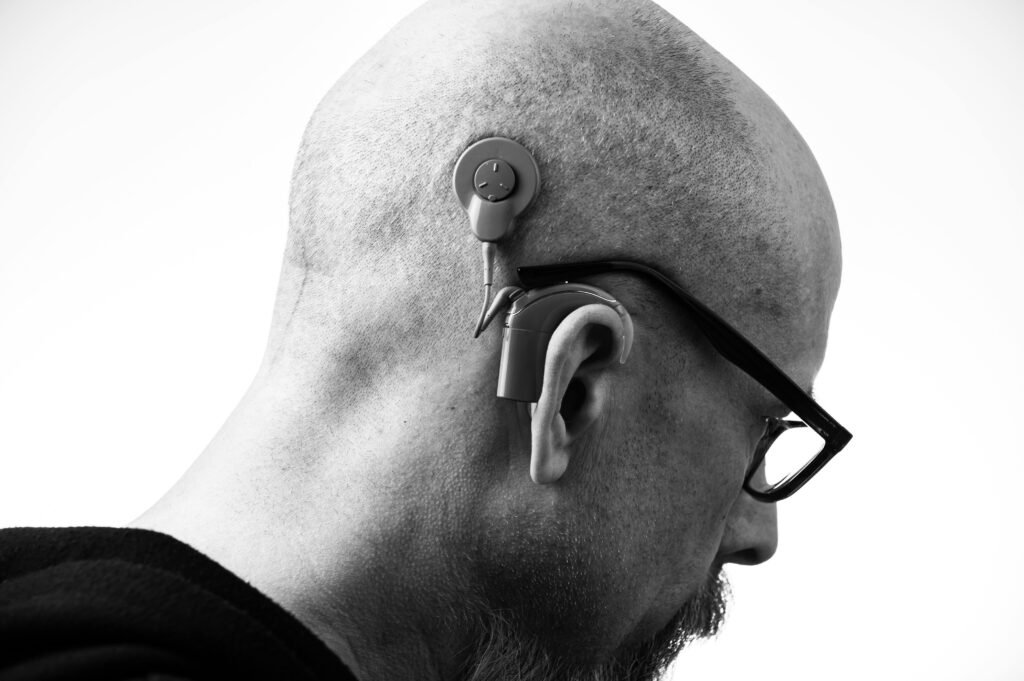
For countless individuals with hearing impairments, hearing aids are invaluable devices that improve communication and overall quality of life. They come in various shapes, sizes, and technologies, each designed to accommodate different types and levels of hearing loss. Below, we delve into the functions and advancements of hearing aids, evaluate your hearing needs, and provide guidance on the types and features available.
Understanding Hearing Aids: Functions and Technology Explained
Hearing aids are complex devices that serve to amplify sound for individuals with hearing loss. They are equipped with a microphone that picks up sounds from the environment, a processor that amplifies the sound, and a speaker that delivers the enhanced sound to the ear canal. In essence, hearing aids are designed to improve hearing in a variety of settings, enabling users to participate in conversations and enjoy social activities.
Over the years, hearing device technology has advanced significantly. Modern hearing aids incorporate digital technology that allows for clearer sound quality, background noise reduction, and even connectivity to smartphones and other devices. These innovations have transformed hearing aids from simple amplifiers to sophisticated communication aids that offer a seamless listening experience.
To best meet individual needs, manufacturers offer a range of options, like Phonak Hearing Aids, that cater to varying degrees of hearing loss and personal preferences. Users must work closely with audiologists and hearing care professionals to determine the functionality and technology that will best meet their unique hearing needs.
Assessing Your Hearing Needs: The First Step to Finding Your Match
Finding the perfect hearing device begins with a thorough assessment of your hearing needs. This typically involves a comprehensive hearing test conducted by an audiologist, who will help identify the type and degree of hearing loss you have. The results from this test form the foundation for recommending the appropriate aids tailored to your specific situation.
Beyond the clinical assessment, it’s important to consider your lifestyle and the environments in which you’ll be using the hearing device. For instance, if you spend a lot of time in noisy locations or outdoors, certain features, like advanced noise reduction or wind suppression technology, might be beneficial for you.
Comfort and ease of use are also critical factors to evaluate. While some individuals prefer devices that are virtually invisible, others might prioritize ones that are easy to handle and maintain. Considering your dexterity and comfort with small electronics will inform your choice of hearing device style.
Types of Hearing Devices: Styles and Features to Consider
Hearing devices come in several main styles, with each offering unique benefits and drawbacks. The most common types include behind-the-ear (BTE), in-the-ear (ITE), in-the-canal (ITC), and completely-in-canal (CIC) hearing devices. Each type varies in size, placement on or in the ear, and degree of visibility, which can be important factors for prospective users to consider.
BTE models are known for their versatility and power, making them suitable for a wide range of hearing losses. ITE and ITC aids are somewhat smaller and less noticeable but may have fewer features compared to BTEs. CIC hearing devices are the most discreet, designed to fit entirely within the ear canal, making them almost invisible when worn.
Navigating Hearing Aid Costs and Insurance Coverage
The cost of hearing devices can be a significant consideration, as prices vary widely based on the style, features, and technology of the device. While some hearing devices are relatively affordable, others, especially those equipped with the latest technology, may require a considerable investment. Users must balance their budget constraints with their hearing needs to find a suitable device.
When dealing with hearing device costs, it’s essential to explore insurance coverage and financing options. Some insurance plans may cover part or all of the cost of hearing devices, while others don’t include them in their benefits. It’s advisable to consult with your insurance provider to understand what is available under your specific plan.
Altogether, finding the perfect hearing device is a nuanced process that integrates a deep understanding of technology with personal needs, preferences, and financial considerations. By thoroughly assessing your hearing requirements, exploring different types of hearing devices, navigating costs and insurance coverage, and adhering to adjustment best practices, you can enhance your hearing experience.